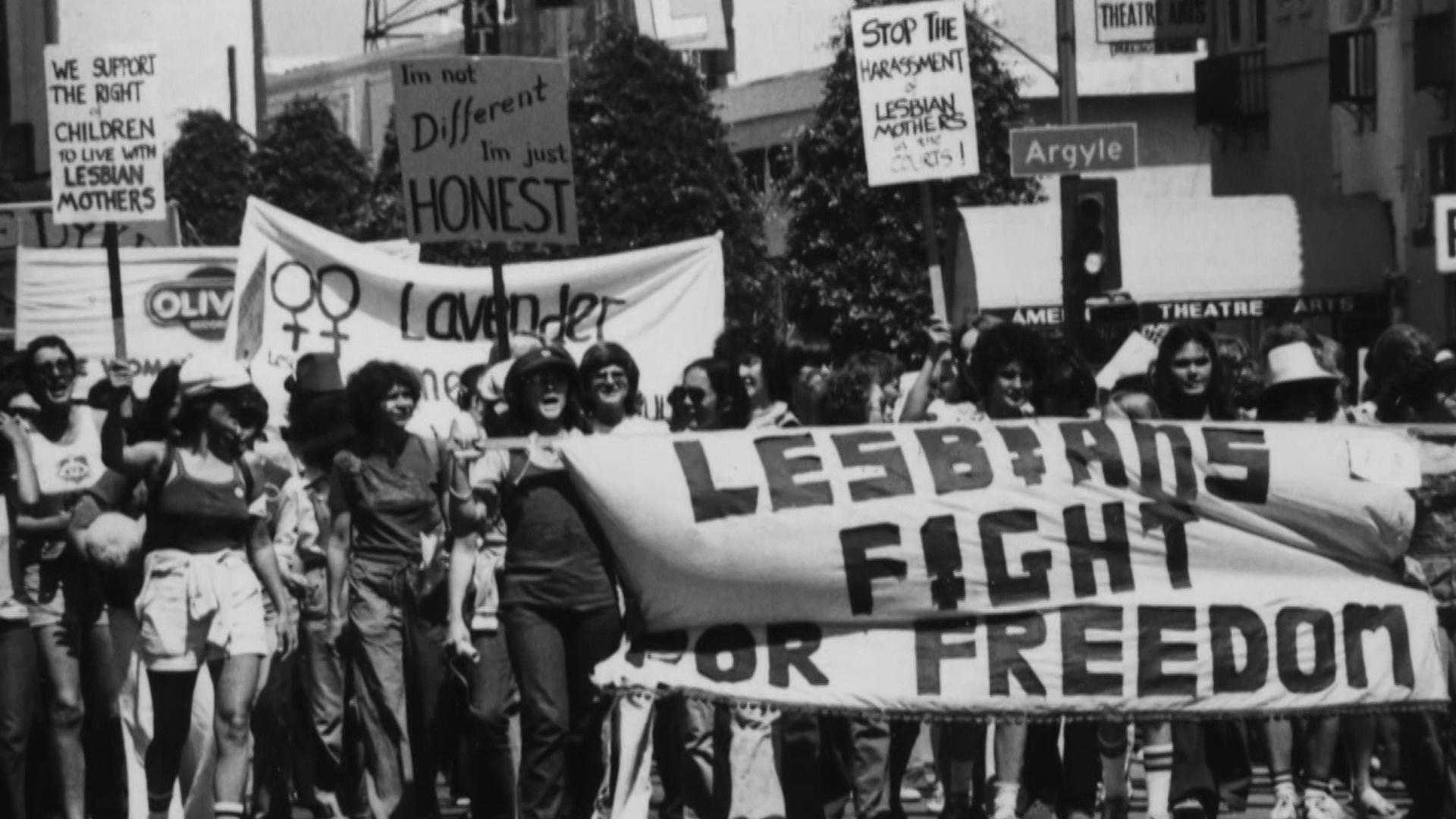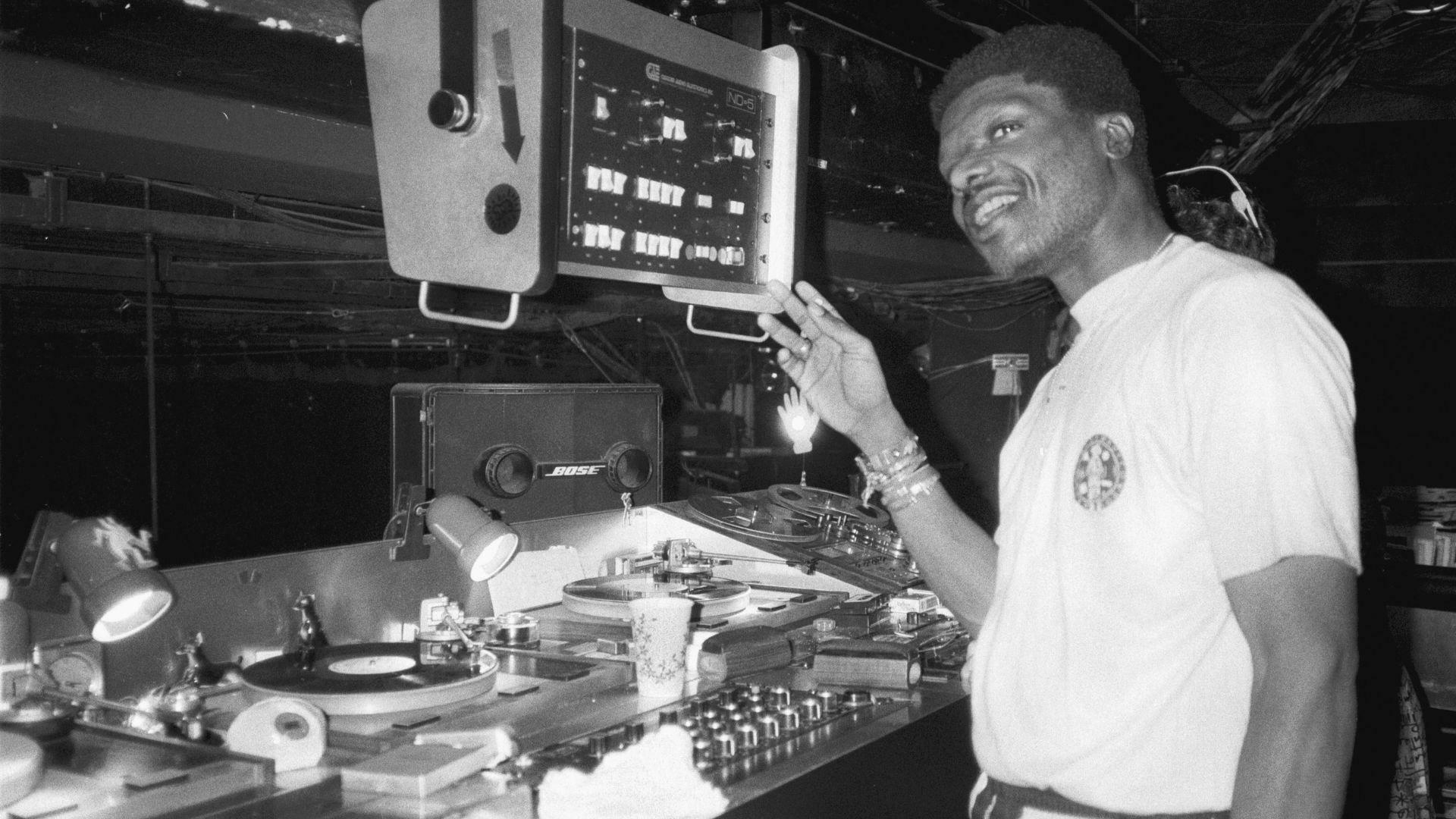From the very first time someone shortened the term “discotheque” to “disco,” this dance music was poised to change the world. Every album and hit song was an outlet for voices that may never have been heard on the rock-dominated radio. The disco genre, in all its groovy glory, was revolutionary for many marginalized groups at the time — but it was especially crucial for the LGTBQ+ community.
You don’t have to look far to see disco’s impacts. That’s not just because songs like “Y.M.C.A.” by the Village People are still on modern playlists; it’s because the queer artists behind the music expressed joy, love and liberation in an era when two people of the same sex weren’t even allowed to dance together.
In the three-part series “Disco: Soundtrack of a Revolution” on PBS, you’ll get the chance to hear from some of the geniuses who turned funky fun into monumental music. Let’s meet these artists and more in a Pride Month celebration of the world’s top disco personalities.
Official Trailer
A Brief History of Disco
Disco was born into the tumultuous political landscape of the 1970s. This was a time when Black women were blamed for all of society’s problems, and coming out as gay meant losing friends, family, work and even lives. Marginalized communities left unwelcoming spaces to express themselves elsewhere, quickly finding common ground in the warehouses and underground dance clubs of New York.
Here, DJs played beats the radio wouldn’t touch — and suddenly, gay and Black artists were the kings and queens of dance music. Soul, funk, jazz and other genres came together to create the unforgettable disco sound we know today.
It wasn’t long before mainstream culture took over. “Saturday Night Fever” starring John Travolta popularized a version of disco that the Bee Gees shaped, and performers like Rod Stewart and Dolly Parton added their own interpretations of the genre. Driven in part by market oversaturation and a departure from its marginalized roots, disco music “died” — but it lives on in house music and modern performers’ unique styles.
For many people, this was hardly a surprise. After all, disco was born because the rest of the world refused to accept its voices and values. Now it’s been reborn under similar circumstances — and, like the communities that created it, the genre is unbreakable.
5 Disco Artists We’ll Never Forget
Although not every disco artist was queer, “Disco: Soundtrack of a Revolution” shows us that sexual liberation was a defining trait in the genre and subculture. We’re lighting up the disco ball and putting the spotlight on personalities and performers whose work celebrated LGBTQ+ lives, creativity and joy.
Nicky Siano
Nicky Siano is a DJ known for his work in some of New York’s most famous queer hotspots, including Paradise Garage and Studio 54. At age 17, he co-owned and designed The Gallery, sometimes considered “the first disco” and a perfect home for his DJ career. Even as mainstream disco records became more favored at nightclubs, Siano stuck to the genre’s original custom of playing underground and alternative music. These days, you can find him at events, on social media and in “Disco: Soundtrack of a Revolution,” where he reflects on his role as a pioneer of disco, good times and LGBTQ+ liberation.
Larry Levan
Larry Levan was a DJ best known for his work at Paradise Garage, a New York City nightclub particularly popular among queer Black men. Levan quickly became a celebrity in the larger disco scene, creating sounds that would be the precursors to house and electronic dance music. Some of his most popular work involved “mixing” disco records from top stars and bands. He also had connections to disco-era personalities like Nicky Siano, Frankie Knuckles and David Mancuso.
Sylvester
Sylvester remains one of the most recognizable artists of the disco era. His androgynous appearance and drag-style glamor made him dance floor royalty, and his fearless integration of gospel music brought traditional flair to the trendy genre. He’s known for hits like “You Make Me Feel (Mighty Real)” and “Do Ya Wanna Funk,” created in collaboration with friend and creative partner Patrick Cowley. Although he passed away in 1988, the openly gay artist is still supporting the LGBTQ+ community: His estate and royalties help support HIV and AIDS charities.
Frankie Knuckles
Now a member of the Chicago LGBT Hall of Fame, Frankie Knuckles was an openly gay producer, remixer and DJ. He did some of his most popular work at The Warehouse in Chicago, where he became known as the “godfather of house music.” His career included a Grammy win and remixing records from Michael Jackson, Diana Ross and Toni Braxton, among others. His legacy lives on through the Frankie Knuckles Foundation, which supports the LGBTQ+ community.
Support your local PBS station in our mission to inspire, enrich, and educate.
Village People
The Village People is a disco band started in the late 1970s. The name references Manhattan’s Greenwich Village, which claimed a reputation as an LGBTQ+ hotspot, and many of the group’s songs leverage gay stereotypes and tongue-in-cheek references. Although the group’s first album was about gay life, lead singer Victor Willis wasn’t gay — so he focused on lyrics that would appeal to anyone. That’s likely part of why “Y.M.C.A.” became so influential that the U.S. Library of Congress added it to the National Recording Registry in 2019.
Take a Deep Dive Into Disco
From New York City to San Francisco, the history of disco is also the history of the LGBTQ+ community. Ally artists like Donna Summer and Gloria Gaynor helped drive the genre’s popularity among queer fans, while suggestive, progressive lyrics proved that joyful love and political indignation could coexist. Even when mainstream meddling and outsider outrage began to unravel disco, its influences and creators made new music in different spaces.
Of course, there’s always more to the story. If you’re ready to dive into disco and get your funky fix, it’s time to watch “Disco: Soundtrack of a Revolution” on PBS!

The PBS 'What to Watch' Weekly Newsletter
What to Watch delivers the best shows and content PBS has to offer each week.




